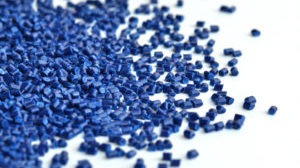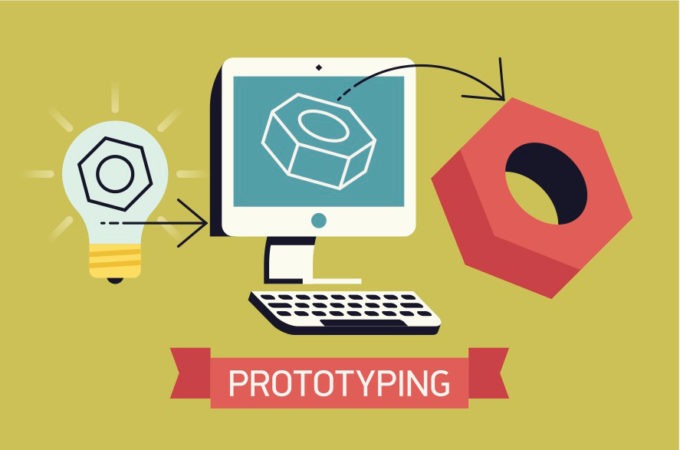Product prototyping is a key component of the new product development process, but it’s much more than something that you just “should do.” It’s intended to move the manufacturing process forward, improve the product, and ensure that your concept meets its full potential. If you go through the prototyping process without gaining greater insight into your product and how best to manufacture it, it’s difficult to call that process “prototyping” at all. In that situation, it’s just a box to be checked off, at the expense of your valuable time and money, with no return on your investment.
What are some of the hallmarks of a successful prototype — one that fits the bill of what a prototype really should be? Any list would be incomplete, because each entrepreneur or developer needs different things from a prototype — and moreover, each new product might benefit in different ways from a prototype. Though some typical qualities of a successful prototype are that it:
- • Illustrates the real-world functionality of the product (and whether it needs to be fine-tuned).
- • Shows how the product fits and interacts with other pieces or components (and whether design or dimensional adjustments are required).
- • Provides a close facsimile of the end product’s actual aesthetics (and gives an indication of whether the look of the product is in keeping with your overall goals and needs).
- • Proves that the product can be manufactured properly by your chosen production process (or shows that other processes can or should be considered).
- • Raises questions that hadn’t been previously addressed in the product design (and potentially improves that design).
- • Provides reasonable confidence that a product is ready to move forward to production (only after testing, examination and, potentially, additional prototype stages).
- • Finally, a successful prototype is also one that fits into your budget — more on that later.
How can you go about achieving these milestones of a successful prototype — or whatever your benchmarks may be? Here are some tips:
1) Clearly understand your own requirements. We keep driving home the same point, but it’s worth remembering: there’s no cookie-cutter prototype. Every product and every developer has different requirements that need to be met, questions that need to be answered, and problems that need to be solved. It’s important to understand how those specifics apply to you — specific being the key word. It’s difficult to gauge the success of a prototype if it doesn’t meet clearly defined and understood goals.
2) Define specific goals for each prototype or iteration. In many cases, it’s hard for a prototype to do many things at once. Whether due to cost, logistics or the practicalities of the product development and pitching process, several iterations are often recommended or required. In those cases, get even more granular as to what you’re looking for from a prototype iteration. If you’re interested in rapid prototyping, for instance, your goal for iteration might be to make sure that your product looks aesthetically great, both to consumers and investors. More functional prototypes might have the goal of proving your product mechanically sound or dimensionally viable.
3) Be aware of your prototype provider’s specialties. The best prototype providers add value by making the process as easy as possible, and by offering their valuable expertise and experience throughout the process. Prototype providers might only carry out rapid prototyping or 3D printing, for example, or they may not have those capabilities but be willing to accommodate a short injection molding run for you. Many shops have specialties in particular industries. Some providers with expertise in both prototyping and production can assist you with manufacturability issues, material questions and the realities of taking your product from the prototype phase to production. Be sure to research the providers you choose, or ask the right questions to get a feel for who they are and what they do best.
4) Know the limits of your particular prototype. Similar to the idea of outlining specific requirements and goals for your prototype, it’s important to also keep in mind what a specific iteration can’t or shouldn’t be able to do. Some types of rapid prototyping or materials are great for producing functional prototypes, while others are best suited for cosmetic testing.

5) Understand the properties of your prototype material. The material used in your prototype is a key factor to note. For instance, there may be differences in material hardness, flexibility, strength, resistance to temperature or other elements, and durability — among many other factors — when you’re testing and approving a prototype versus the material you choose for your final product.

6) Escape tunnel vision. It’s easy for a development team to become so detail-oriented and invested in the intricacies of a project that it misses big-picture problems that are probably apparent to an outsider with a fresh eye. Of course, product developers also naturally want their prototype to succeed. Be sure to test your prototype with those unfamiliar with the product — within or outside of your organization — to reap the benefits of those different ways of viewing and interacting with your product.
7) Keep an open mind. Remember what we noted earlier — you should learn something about your product from a prototype. Don’t be so quick to accept that a prototype does what it’s supposed to do — or is close enough. Take advantage of the opportunity to examine your product in a physical form and think about ways to improve it — either in design or production.
8) Stay aware of the bottom line. Always worth mentioning again: don’t blow the budget on prototyping. While yes, it is a critical part of the manufacturing process — which, when done correctly, yields great ROI — it’s important to stay on top of your prototyping costs as part of your overall budget. Fortunately, processes like rapid prototyping are typically much more cost-effective than other processes, and experienced prototype providers can assist you in getting the most value and efficiency from every iteration of your product.

